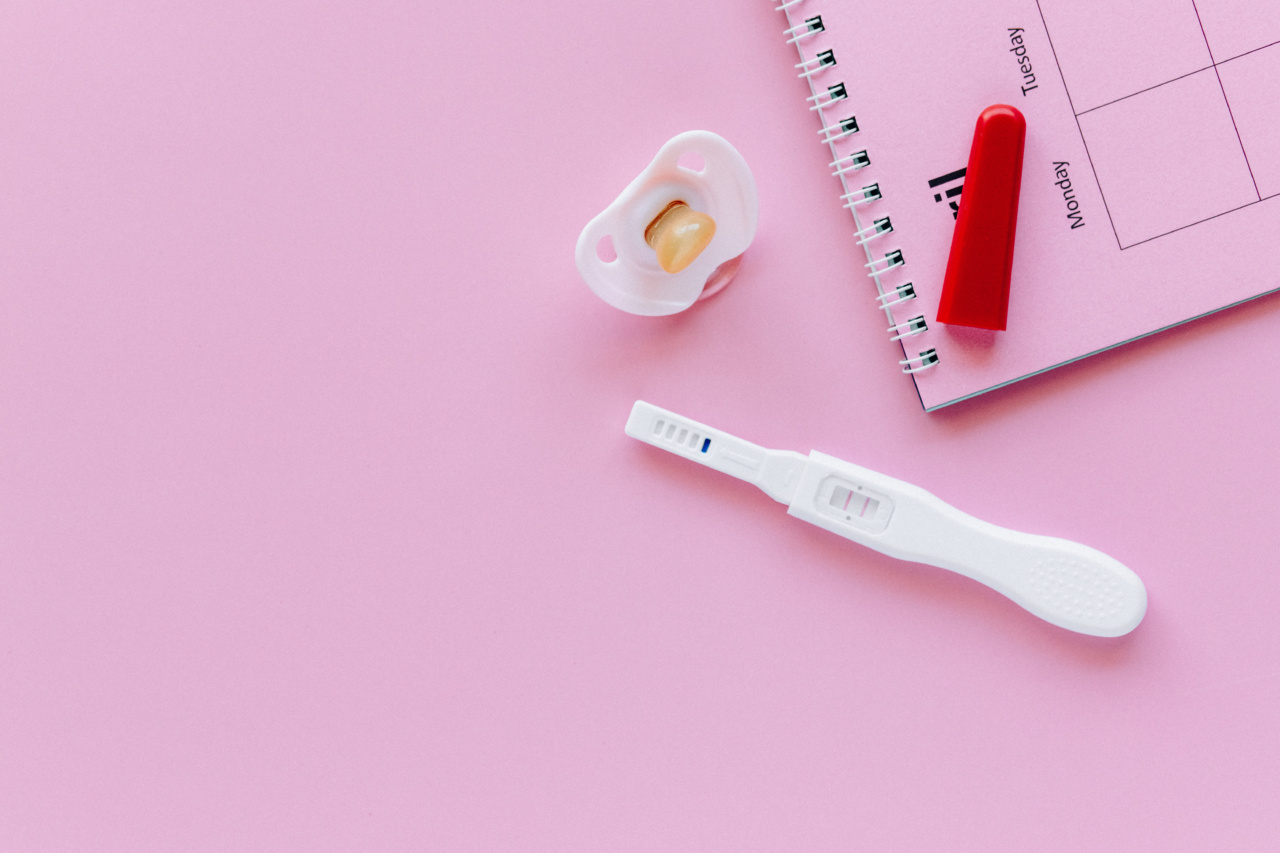Childbirth is expected to be one of the most joyous and meaningful experiences in the life of a woman, yet in some instances, the experience is plagued with medical interventions that place the health of the mother and the child at risk.
The World Health Organisation (WHO) estimates that every year, approximately 140 million babies are born throughout the world, with almost all of these births occurring naturally.
However, up to 30% of these births may involve interventions such as induction of labour, caesarean section, and other cervical interventions.
While interventions are occasionally necessary for the safety and health of the mother and child, many interventions are carried out without medical justification, putting the mother and child at risk of unnecessary complications.
The reason for unwarranted cervical interventions
Some of the common reasons for unwanted cervical interventions include medical problems, the age of the mother, induction/acceleration of labour, and a previous caesarean section.
Cervical interventions occur more frequently during first pregnancies, and in women aged 35 and over.
In some situations, cervical interventions are unnecessary. There is often a push for a more medicalised approach to childbirth, which can lead to increased interventions to speed up the process.
Cervical interventions should only be used when there is a medical reason requiring their use.
The Risks of Unwanted Cervical Interventions
Interventions have been found to have both maternal and neonatal risks, including maternal infections, prolonged labour, postpartum haemorrhage, neonatal intensive care unit admission, prolonged infant hospitalization, and even infant mortality.
Maternal Infections
Interventions such as the use of artificial membranes and insertion of an intrauterine catheter during labour can increase the risk of maternal infections.
Once an infection has occurred, antibiotics may be necessary to treat the infection, but these may cause further harm to the mother and baby.
Prolonged Labour
Cervical interventions can also lead to prolonged labour.
Once the cervix has been subjected to a medical intervention, it may become more challenging for the contractions to work to its maximum capacity, thereby slowing down the labour process, causing undue harm to the infant.
Postpartum Haemorrhage
Postpartum haemorrhage is a common complication that can result from an undesired cervical intervention. After an intervention, the woman may bleed excessively, which can be life-threatening.
An emergency caesarean section may be necessary to save the mother’s life and that of the infant.
Neonatal intensive care unit admission
Neonatal intensive care unit admission is another risk associated with unwanted cervical interventions.
Infants who are born by induced labour or caesarean section are more likely to require neonatal ICU admission, regardless of the mother’s health status during pregnancy. The longer the infant stays in the unit, the higher the health risks they are exposed to, including the development of lung infections.
Prolonged Infant Hospitalization
Interventions can also lead to prolonged infant hospitalisation. The infant’s physical wellbeing can suffer due to lengthy hospital stays, leading to slower development and other medical concerns.
In addition, the mother may experience postnatal depression due to the separation from her newborn.
Infant mortality
Finally, unwanted cervical interventions can result in infant mortality.
Infants who are born through interventions are at a greater risk of dying within the first 28 days of life because of the complications that arise from caesarean sections, induced labour, and other interventions.
Conclusion
Maternal health is at risk because of unwanted cervical interventions.
Such interventions increase the incidence of maternal infections, prolonged labour, postpartum haemorrhage, neonatal ICU admission, prolonged infant hospitalisation, and infant mortality. Preventing unwanted cervical interventions and improving maternal health outcomes require the understanding and usage of medical interventions only when medically necessary.
Furthermore, more emphasis should be placed on natural childbirth and adequate prenatal care to promote good health for both mother and baby.



























